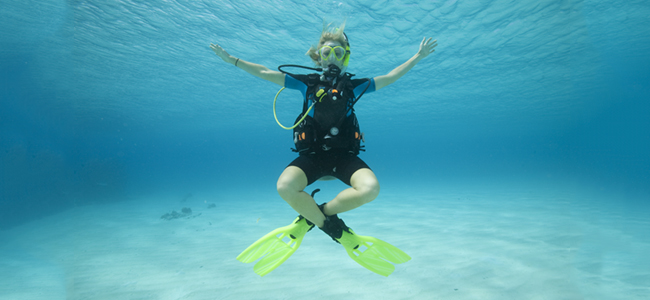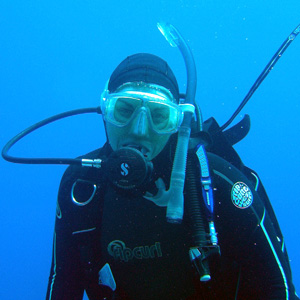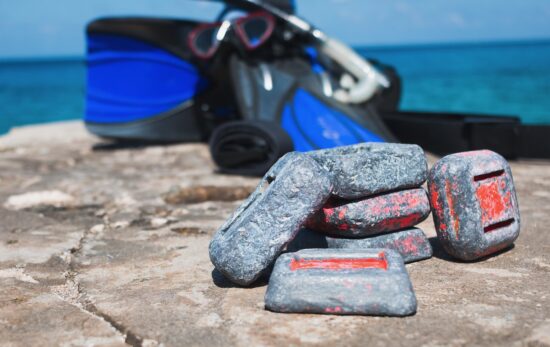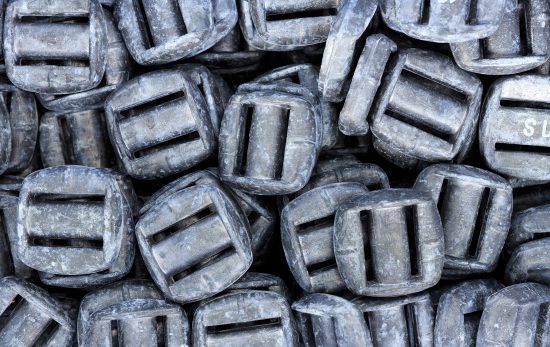Buoyancy Control – featured from DAN (Divers Alert Network)
It’s not surprising that the most common injuries among divers are related to buoyancy issues—barotrauma, uncontrolled ascents, marine life injuries and more could be prevented with some practice and attention to detail.
- Inefficient buoyancy control can result in descending deeper than planned, altering the intended dive profile and potentially increasing air consumption. Constant adjustments to your buoyancy control device can also affect air consumption.
- The worst case scenario is an uncontrolled ascent, which places the diver at risk for a lung overexpansion injury (pulmonary barotrauma) and substantially increases the risk for an arterial gas embolism.
- Ear injuries are also commonly associated with ineffective buoyancy control. During descent, if you feel uncomfortable pressure in your middle ears or sinuses, you should stop your descent, ascend until the pressure resolves, attempt to equalize and, if successful, continue to descend. If you experience a reverse block on ascent, you should descend a bit and attempt to equalize. These procedures are difficult to execute without proper buoyancy control.
- Most marine life injuries result from unintentional contact between a diver and the marine life. Proper buoyancy control is essential to protect ourselves and the environment.
The physics of descending and ascending require conscious adjustment based on exposure protection, dive environment and choice of equipment.
Buoyancy Control Begins with Proper Weighting
- The amount of weight you select should allow you to descend, not make you sink. Predive buoyancy tests are a crucial tool in determining proper weighting.
- Calculating weight requirements: Different exposure suits, dive environments (saltwater vs. freshwater), and tank size and composition (steel vs. aluminum) require different amounts of weight to attain proper buoyancy.
- Your BCD is not an elevator. Be aware of how your BCD responds to the addition or venting of small amounts of air.
- And remember, buoyancy changes during the dive. On descent, your wetsuit compresses decreasing buoyancy. During the dive, as the gas in your tank is depleted, the tank becomes more buoyant. On ascent, the air in your wetsuit and BCD expands, increasing your buoyancy.
The benefits of buoyancy control are definitely worth the investment of time, maintenance, and practice to enhance your diving and to help you avoid injury.
To learn more tips from the DAN Smart Guide visit: www.DAN.org/Health
Contact your local PADI Dive Shop to take the PADI Peak Performance Buoyancy specialty course where you’ll learn important skills that will make you a better, more advanced scuba diver.
This specialty course will teach you:
- How to trim your scuba gear so you can find balance while diving.
- How to determine the exact weight so you’re never too light or heavy in the water.
- Techniques to save air, glide more smoothly, and hover in vertical and horizontal positions.



